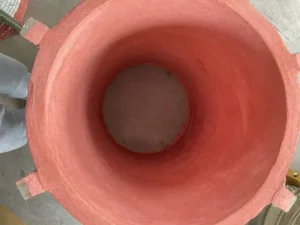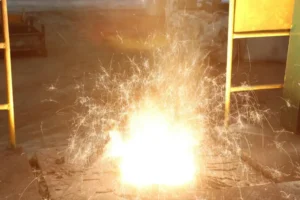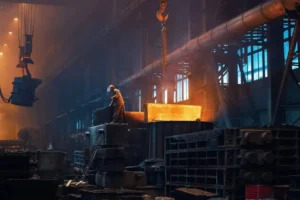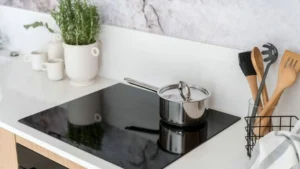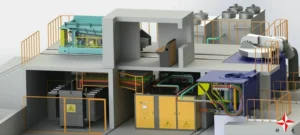غالبًا ما نفكر في ذوبان المعادن باعتباره ناريًا, عملية الهواء المفتوح. بينما تنطبق تلك الصورة على بعض التطبيقات, a fascinating and crucial evolution has taken place in the realm of advanced materials, the utilization of induction furnaces operating under vacuum or protective atmospheres. This isn’t just about melting metal, it’s about crafting materials with unparalleled purity and performance, pushing the boundaries of industries from aerospace to medicine.
لذا, why go to such lengths? The answer lies in tackling the age-old enemy of high-quality metal: contamination. In the heat of melting, many metals, especially the reactive ones like titanium and zirconium, eagerly bond with oxygen in the air, forming unwanted oxide inclusions. Similarly, dissolved gases like nitrogen and hydrogen can sneak into the molten metal, leading to porosity and weakened structures upon cooling.
Enter the vacuum and protective atmosphere induction furnace, a sophisticated piece of equipment designed to wage war against these impurities. By creating a near-perfect void or filling the furnace with inert gases like argon, we effectively shut out the detrimental elements of our atmosphere. The benefits are profound.
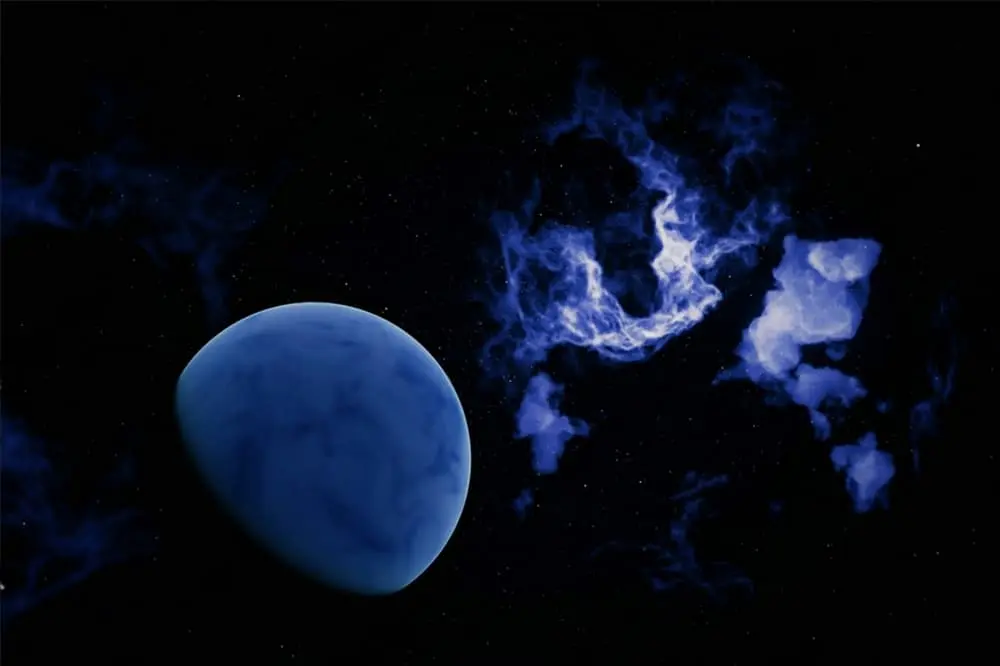
Advantages of Melting with Induction Furnaces Under مكنسة or Protective Atmosphere
Melting with induction furnaces under vacuum or protective atmospheres primarily aims to address issues that are hard to avoid in traditional air melting, thereby obtaining higher quality and purer metals or alloys. The advantages are mainly reflected in the following aspects:
- انخفاض الأكسدة: This is the most significant and direct advantage. Many metals, especially some reactive metals (مثل التيتانيوم, الزركونيوم, النيوبيوم) and oxygen-sensitive alloys, readily react with oxygen in the air at high temperatures, تشكيل شوائب الأكسيد. These inclusions can severely affect the material’s mechanical properties, مقاومة التآكل, and subsequent processing performance. Vacuum or protective atmospheres can effectively isolate oxygen, significantly reducing or avoiding oxidation.
- Lower Gas Content: Besides oxygen, air also contains nitrogen and hydrogen. During high-temperature melting, these gases can dissolve into the molten metal, forming pores or nitrides and hydrides as inclusions upon cooling, which reduces the material’s density and performance. A vacuum environment can effectively remove dissolved gases from the melt, while a protective atmosphere prevents external gases from entering.
- Removal of Highly Volatile Impurities: في ظل ظروف الفراغ, some impurity elements with high vapor pressure (such as lead, الزنك, المغنيسيوم, إلخ.) are more likely to evaporate out of the melt, thus achieving metal purification.
- Improved Uniformity of Alloy Composition: In a vacuum or protective atmosphere, due to the reduction of oxidation and other side reactions, the loss of alloying elements is reduced and more controllable, which helps to obtain alloys with more uniform composition.
- Improved Casting Quality: For materials that ultimately need to be cast, melting under vacuum or protective atmospheres can reduce defects such as porosity and inclusions, thereby improving the density and surface quality of the castings.
Technical Challenges of Melting with Induction Furnaces Under مكنسة or Protective Atmosphere
Despite the significant advantages, operating induction furnaces under vacuum or protective atmospheres also presents some unique technical challenges:
- High Sealing Requirements: Vacuum furnace bodies must have extremely high sealing performance to maintain the required vacuum level. Protective atmosphere furnaces also need to ensure effective isolation of the internal atmosphere from the outside. This involves furnace structure design, selection of sealing materials, والصيانة.
- Complexity of مكنسة الأنظمة: Vacuum furnaces require complex vacuum pumping systems, including various vacuum pumps, الصمامات, أنابيب, and vacuum gauges. The design, selection, and operational maintenance of the system require specialized knowledge.
- Selection and Control of Protective Atmosphere: Choosing the appropriate protective gas (مثل الأرجون, helium, إلخ.) is crucial, and precise control of the gas purity, flow rate, and furnace pressure is needed to ensure the best protective effect.
- Design and Insulation of Induction Coils: In vacuum or protective atmospheres, heat transfer methods differ from those in air, which may affect the heat dissipation of the induction coil. في نفس الوقت, the impact of the special environment on the performance of insulation materials needs to be considered.
- Operational Complexity and أمان: The operating procedures for vacuum or protective atmosphere furnaces are usually more complex than those for air furnaces, requiring operators to have higher professional skills. معًا, special attention needs to be paid to the safe operation of the vacuum system and the safe storage and use of protective gases.
- Higher Costs: The equipment investment and operating costs (including energy consumption and gas consumption) for vacuum or protective atmosphere furnaces are typically higher than those for ordinary induction furnaces.
Application Cases of Induction Furnaces Under مكنسة or Protective Atmosphere
The technology of melting with أفران التعريفي under vacuum or protective atmospheres is widely used in fields with extremely high requirements for material purity and performance:
- Preparation of High-Purity Metals: على سبيل المثال, high-purity nickel, الكروم, الموليبدينوم, إلخ., are often produced using vacuum induction melting to remove impurities such as oxygen and nitrogen, meeting the needs of the electronics and chemical industries.
- Melting of Reactive Metals: التيتانيوم, الزركونيوم, النيوبيوم, and their alloys are highly prone to oxidation at high temperatures, so they are usually melted under vacuum or an inert gas atmosphere such as argon to ensure the material’s performance.
- Preparation of Special Alloys: Many high-performance alloys, such as superalloys and precision alloys, have strict requirements for compositional uniformity and impurity content. Vacuum induction melting can effectively control the loss of elements and improve the purity and performance of the alloys.
- Aerospace Materials: Many critical components used in the aerospace industry, such as turbine blades and engine parts, have extremely high requirements for material reliability and are often produced using vacuum melting or protective atmosphere melting to ensure their excellent performance.
- Medical Device Materials: Biomedical materials have strict requirements for purity and biocompatibility. على سبيل المثال, some titanium alloy implants need to be vacuum-melted to improve their quality.
- Magnetic Materials: The preparation of certain high-performance magnetic materials also needs to be carried out under a protective atmosphere to prevent oxidation and control their microstructure.
في ملخص, the application of induction furnaces under vacuum or protective atmospheres is a crucial technology that can significantly improve the quality and performance of molten metals, especially suitable for materials with extremely high purity and performance requirements. Although it faces some technical challenges and higher costs, its importance in the field of advanced material preparation is increasingly prominent. مع التقدم التكنولوجي المستمر, it is believed that this technology will be more widely applied in the future.


